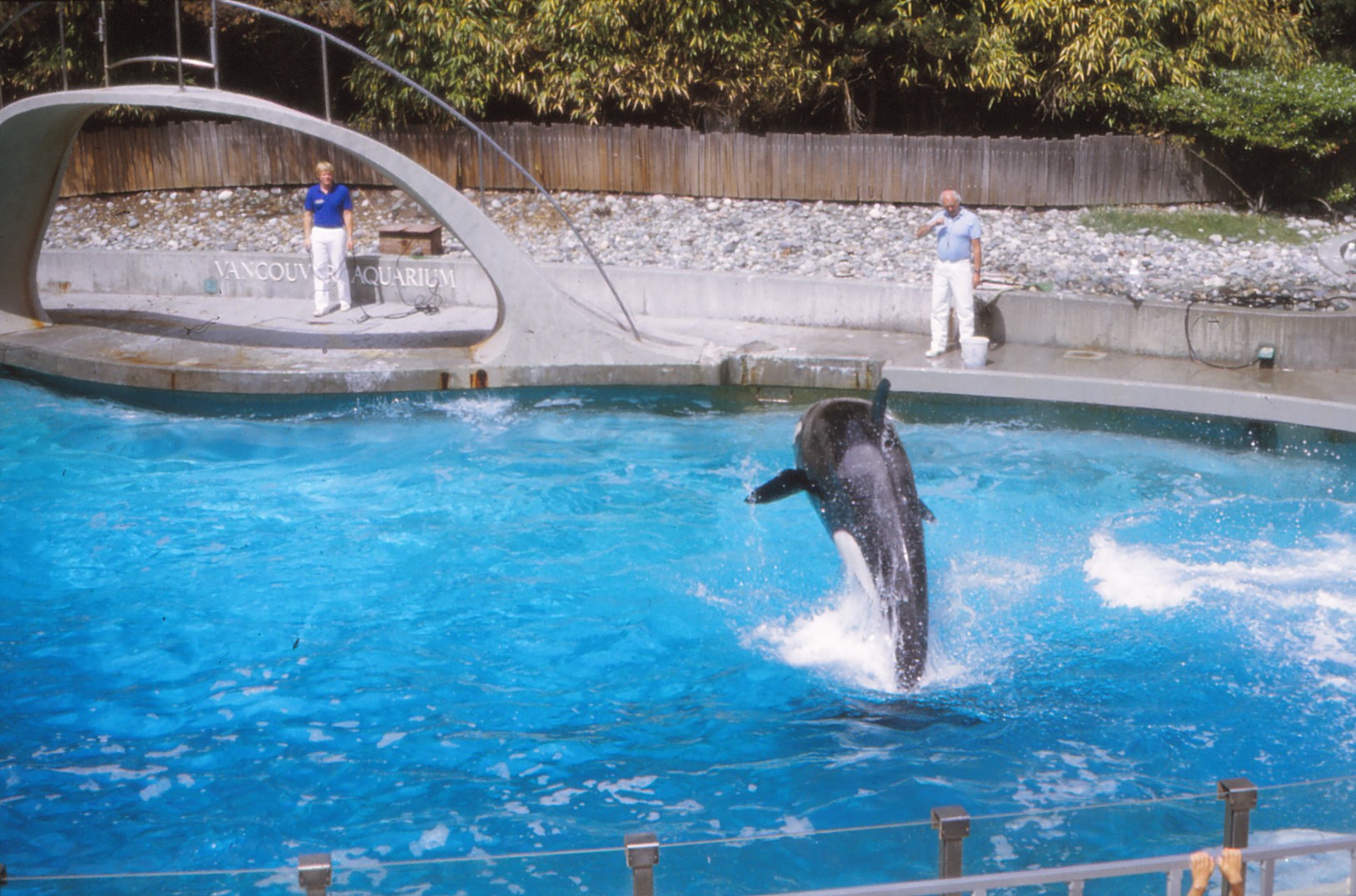Because variability in redox signalling is important in temperature acclimation, toxicants causing oxidative stress may affect animal life in climate change situation in unknown ways.Maanantai 14.9.2020 klo 16.53 - Mikko Nikinmaa One of the most important disturbances caused by toxic chemicals on animals is oxidative stress. Chemicals with no structural similarity such as metals (Cu, Fe) and polychlorinated biphenyls (PCBs) can affect reactive oxygen species (ROS) production. Redox balance plays a role in rhythmic functions, such as circadian (daily) rhythms, affects temperature acclimation and responses to low oxygen. As a consequence, many normal functions such as feeding and reproductive rhythms, activity patterns etc. can be affected by environmental disturbances. Further, the effects on normal physiological functions may occur at concentrations of chemicals, which do not appear to exert clear toxicity, but because for example feeding times are affected, subject animals to increased predation pressure or other indirect effects. A further complicating factor is the pronounced individual variability, which normally helps populations to survive through unfavourable conditions. This can be an important component of temperature acclimation. Since ROS signalling plays a role in temperature acclimation, environmental chemicals affecting ROS level can influence the capability of animals to acclimate to new temperatures, and also affect the important component of population acclimation, individual variability. 
With the present climate change, the light-dark rhythms at a given temperature will be affected, making temperature acclimation more demanding than earlier. The level of difficulty is further increased by environmental chemicals, which affect redox balance. The complex interactions between environmental toxicants, individual variation, temperature/hypoxia acclimation and rhythms are far too poorly understood. This makes it impossible for us to predict how the occurring environmental changes affect animal populations in nature. It is possible, if not even likely, that we see disturbances in conditions that have been considered safe based on traditional toxicology . |
|
Avainsanat: oxidative stress, individual variation, environmental contamination |
